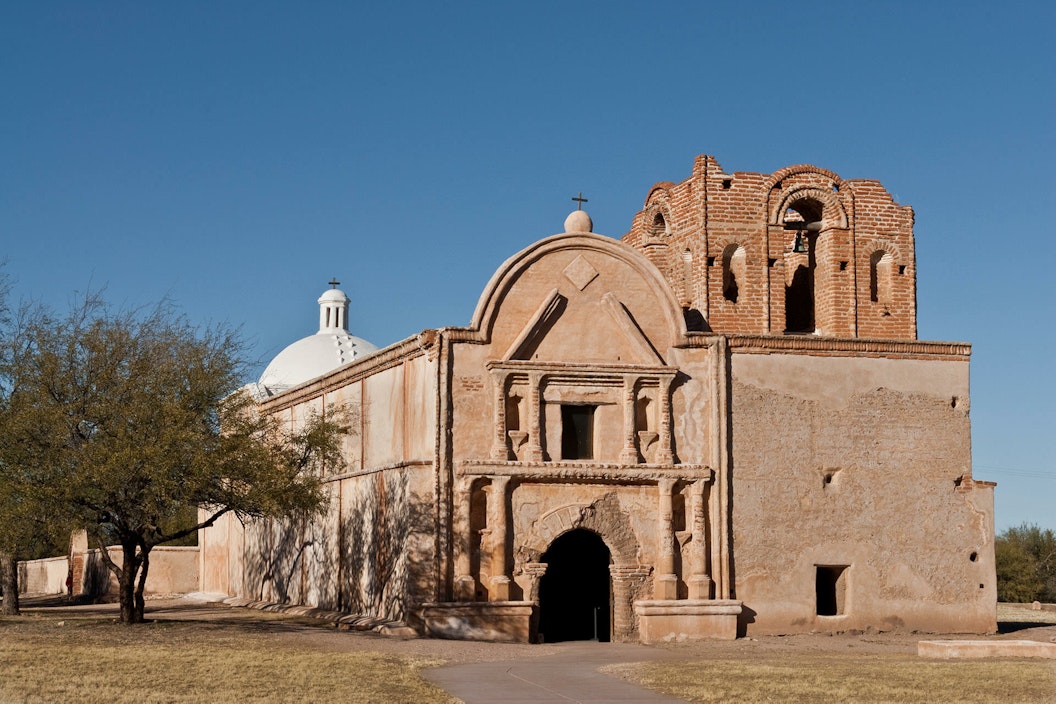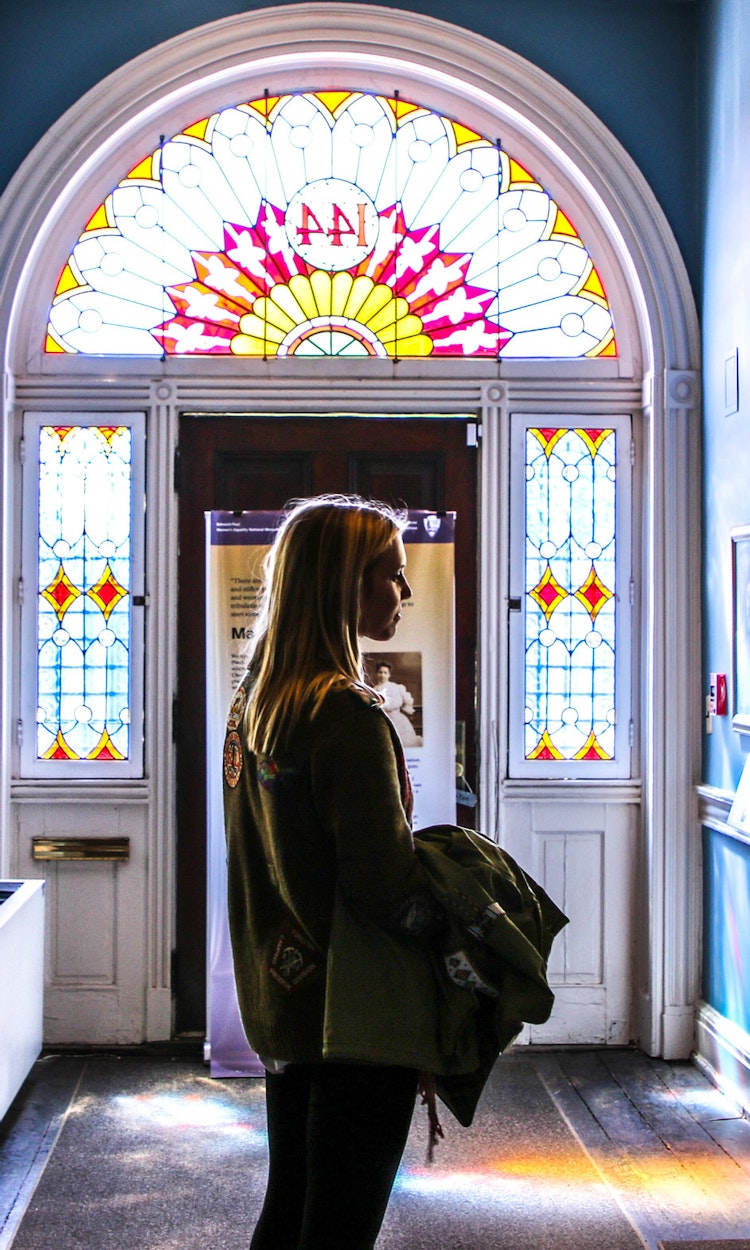
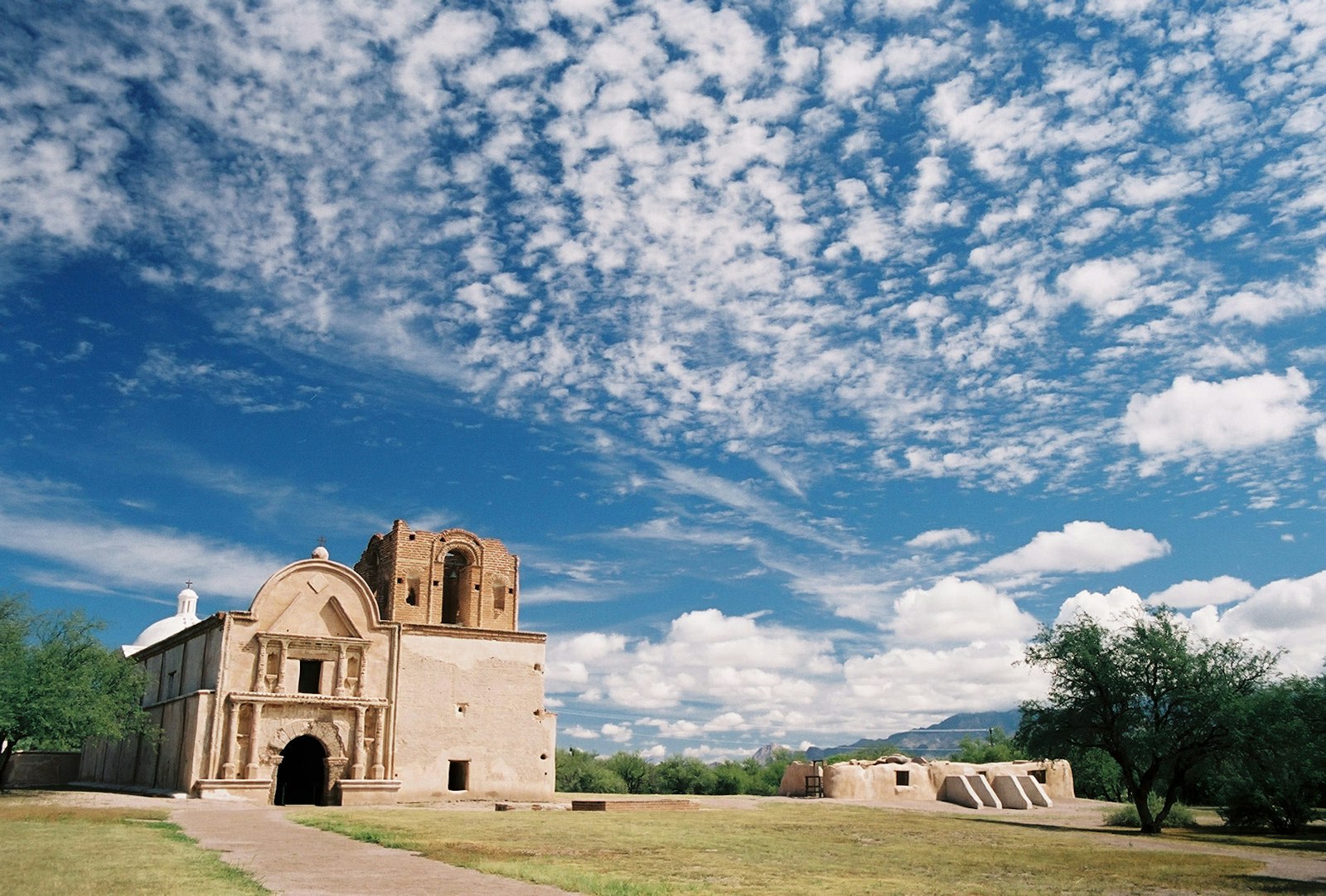
.
.
Every national park has a connection to women. This resounding affirmation is the driving force behind the Women in Parks initiative that focuses on amplifying women’s voices and sharing how their stories are intertwined with national parks across the country. The National Park Foundation is helping unearth these stories by funding projects that connect people to women’s history through physical and digital park exhibits, guided walks, and online content. Internships are a great way to introduce youth to potential careers in the National Park Service and expand storytelling efforts. Let us introduce you to two interns supported by NPF’s Women in Parks initiative.
Meet McKenzie Hitchcock, history intern at Harpers Ferry Center for Media Services, who is creating an online exhibit that explores themes of equality in the workforce alongside the evolution of NPS uniforms for women during the 1900s.
Meet Dorien Scheets, historical research intern at Tumacácori National Historical Park, who is creating a guided walking tour that will examine the influence of indigenous women who lived in Tumacácori Missions during the Spanish Colonial era, and how they contributed to the culture of the Mexican, Tohono O’odham, and Yaqui* communities that exist today.
The interns’ projects will result in new online visitor resources, including a virtual exhibit and guided walking tour, that explore a new angle of a lesser-known herstory.
By comparison, McKenzie’s primary source material includes photographs and oral history interviews conducted beginning in the 1970s. These interviews contain insight from current and retired female park employees, some of whom worked for NPS in the pre-WWII era (1930s). Interviewees were asked about their upbringing, current projects, and most poignantly, if they experienced gender discrimination at NPS.
“I’m combing through these oral history interviews pretty closely to pull out information about discrimination, if they were ever passed over for any opportunity, even conferences or meetings, because of ‘foul language’ being used in the meeting because [male supervisors] didn’t think it was an appropriate place for women to be in,” said McKenzie.
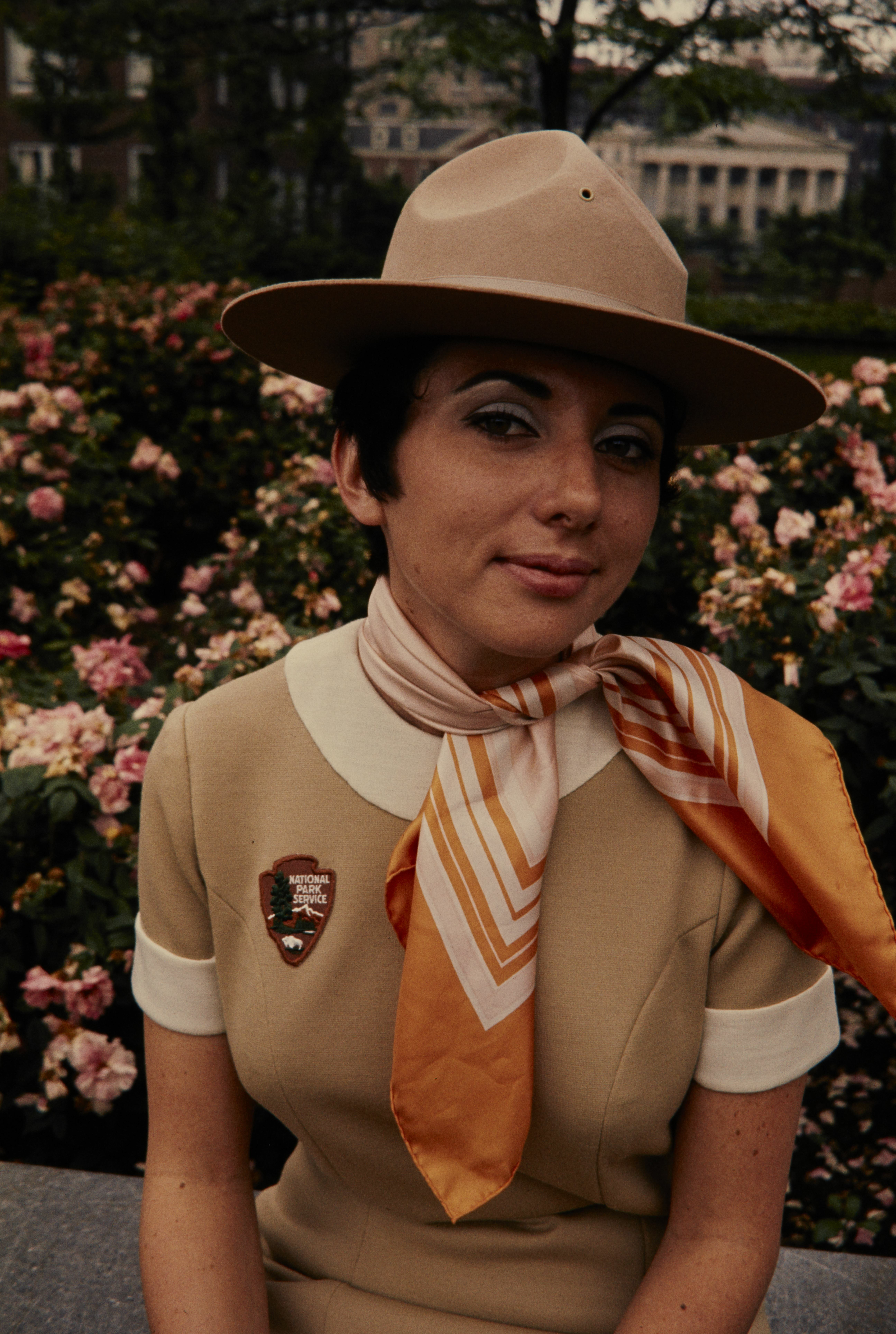
It is important to be reminded that overt sexism and misogyny has always plagued women in the workplace across all types of jobs, including within the National Park System. Take, for example, the experience of Adrienne Anderson, an NPS archeologist from the 1970s. While attending an anthropological conference, many participants convened to discuss ongoing contract issues. Despite having every right to attend the meeting due to her status of archeologist, she was urged not to due to the presence of what was deemed vile language unsuitable for a lady. In her oral interviews, Anderson also referenced occasions when some male counterparts and superiors would insistently goad women into talking about their limits of foul language in the workplace. Imagine the righteous outrage many women would feel today if they were refused to attend a routine meeting solely due to gender or being constantly asked questions that had nothing to do with their professional capabilities.
You might wonder how the progression of the women’s movement was reflected in the evolution of NPS uniforms. After the men’s uniform was authorized in 1911, it took 36 years to authorize the first women’s uniform in 1947. During this period, women's uniforms varied greatly depending on the policies set by each park's superintendent. Women wore some combination of fashionable hats, blouses, skirts with stockings, men’s uniform jackets, or trousers, and would quietly adjust their uniforms out of necessity to be more practical. In 1961, “airline stewardess” uniform was designed to be tailored and stylish – and highly impractical. Imagine giving tours at Mesa Verde while wearing the stewardess uniform, where women had to be the last one up the ladder and the first one down! Through the 1960s, women were primarily limited to positions of guides, naturalists, or historians and struggled to be recognized as rangers, despite having the same training as their male peers.
As McKenzie and Dorien interweave oral history, photographs, artifacts, and historical records into a timeline, a narrative begins to take shape that reflects the collective experience of an entire generation of women. Women's stories are relevant now more than ever because we seek to understand the experiences of women to create more equitable and truthful storytelling.
Once Dorien’s project is complete, we will learn about the collision of cultures and social systems that occurred within the missions, see how this syncretism of cultures evolved, and understand its lasting influence on indigenous groups that span an entire geographical region. “The history of the Tumacácori Mission is just as much the history of the Tohono O’odham Nation, Pascua Yaqui Tribe, White Mountain Apache, and other related indigenous groups, so you cannot tell the story of Tumacácori without telling their story and vice versa,” said Dorien.
Working alongside NPS, Dorien will incorporate her findings into the Women in Missions walking tour of Tumacácori that will be available in the NPS mobile app. “[Visitors] will be able to walk through the landscape and see what women were doing here, or what would [their] life be like if [they were] a woman washing clothes in this river.”
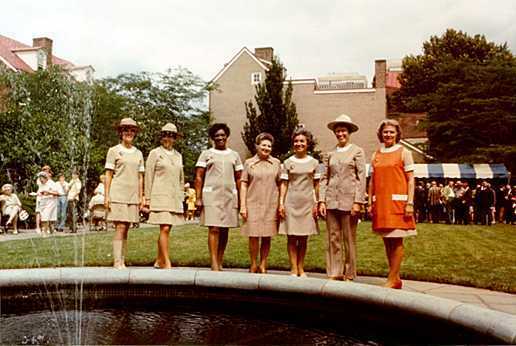
McKenzie’s research will culminate into an online exhibit that transcends the experience of one woman or the NPS female workforce, because it resonates on a national level. "This exhibit ... is a really good lens of a microcosm for women in the workforce over the past century. Using the materials that we have, when we map it onto the historical milestones that are happening outside of NPS, it broadens scope of the project a lot bigger,” said McKenzie.
Asked what element may be most surprising to audiences, McKenzie underscores how recently women have had to fight for their right to wear the NPS uniform and badge. For those of us who were born after 1980, we may not realize that women couldn’t open a checking account without a male authorizing signature until 1974!
If you enjoyed this behind-the-screen look into how McKenzie and Dorien's research is essential to understanding the contribution of formidable women through the context of our national parks, keep your eyes peeled for their release in Winter and Spring 2021.
Internships with NPS: A Lasting Impact
As a result of their internships, Dorien and McKenzie have contributed a deeper understanding of the role the National Park Service plays in protecting our nation's historical and ecological treasures. Their work has truly made a difference. You can take our word for it, or hear it from Dorien, historical research intern, herself.
“You are making knowledge that is really important and is accessible to everyone. And that is really amazing and empowering because you aren’t only educating [academics], you are educating the general public. And when you have an educated public, you have a really strong nation – a nation that cares about women’s history, cares about dynamics of gender and inequality, and how that impacts people today. To be able to do that for the public, is the most rewarding part for me thinking of a potential future with NPS.”
Dorien and McKenzie, graduates of anthropology and archeology, shared that prior to this internship, they never would have been aware of the many career opportunities available with NPS. Thanks to partner organizations like Student Conservation Association and National Council for Preservation Education, youth are being connected to a wide range of job opportunities in the conservation field they otherwise may not have known existed. The support of our community of national park champions make these internships, and so many other opportunities, possible. Donate today to support the Women in Parks initiative and engage on social media with #WomenInParks.
Related Programs
-
 Women in Parks
Women in Parks

